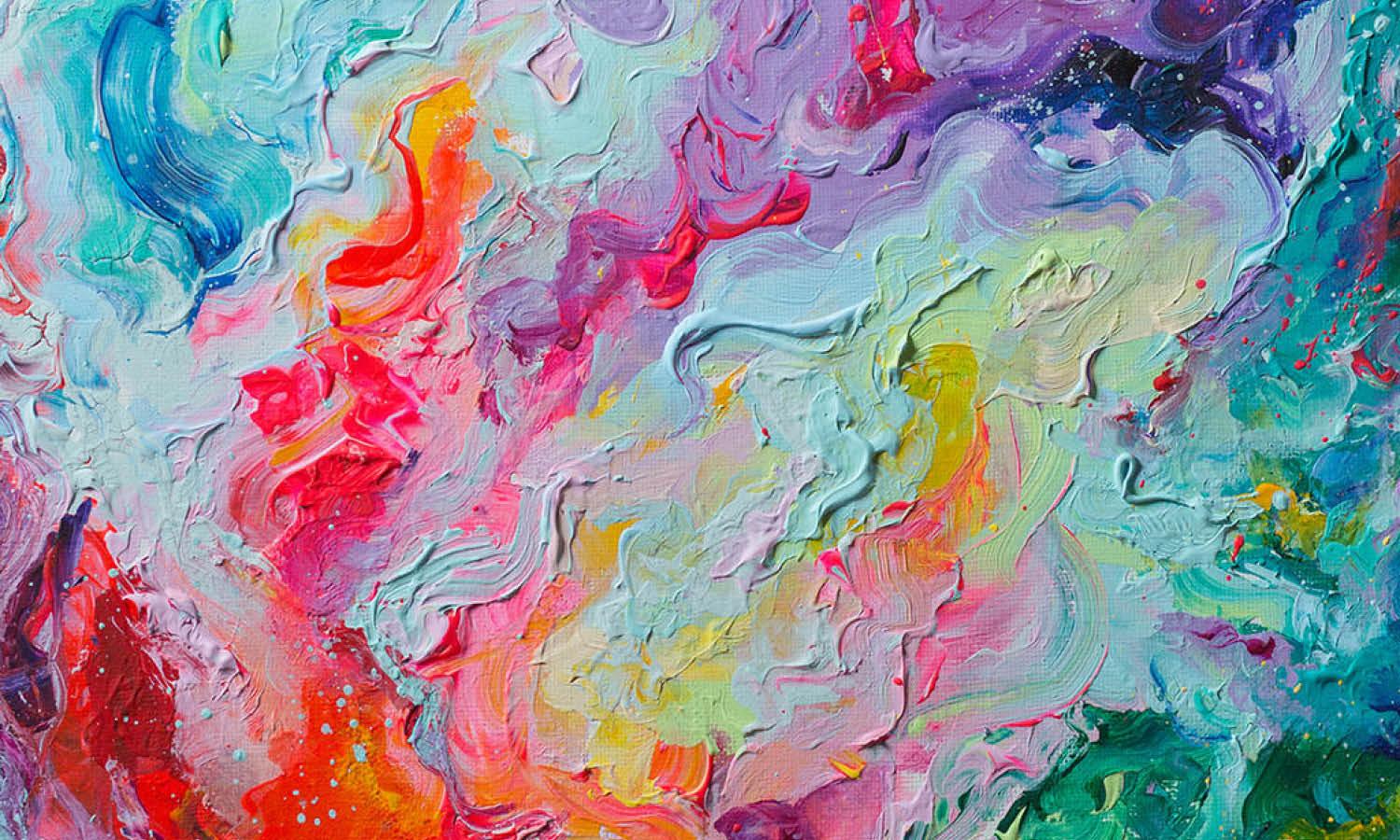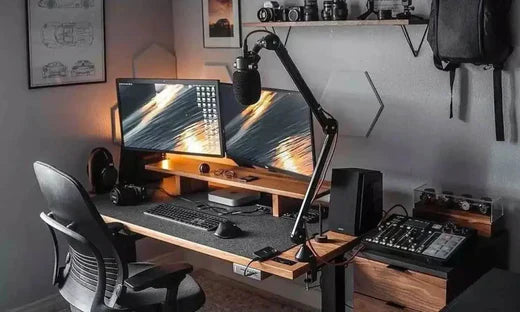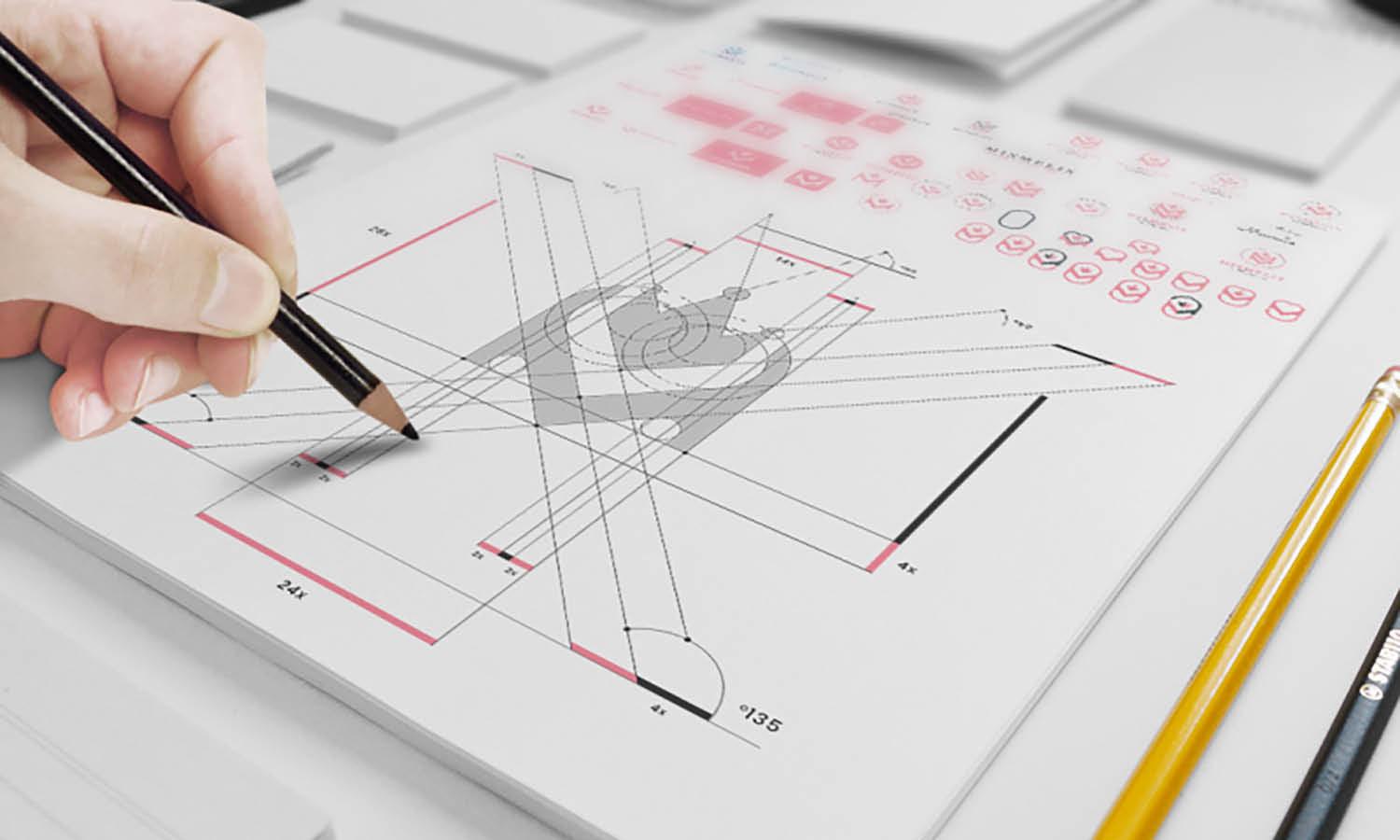Guardians of Creativity: The Evolution and Impact of Copyright Detector Technology in the Digital Age

In an era where digital content creation and distribution have reached unprecedented levels, the protection of intellectual property has become a paramount concern. Copyright detector technology has emerged as a crucial tool in safeguarding the rights of creators, ensuring their creative efforts are both respected and rewarded. This technology not only serves as a protective mechanism for artists, writers, musicians, and other creators but also plays a vital role in maintaining the integrity of digital ecosystems. From detecting unauthorized use of copyrighted material in videos to leveraging artificial intelligence (AI) for advanced analysis, copyright detector systems have evolved significantly to address the complexities of modern content consumption.
The primary function of a copyright detector is to identify instances of unauthorized use of copyrighted material across various platforms. One of the most prominent applications of this technology is in the realm of video content. Platforms like YouTube and Vimeo rely heavily on copyright detector video systems to scan uploaded content for potential violations. These systems work by comparing the uploaded video against a vast database of copyrighted material, such as movies, music, and television shows. If a match is detected, the system flags the video and notifies the rights holder, who can then decide whether to block the content, monetize it, or take no action. This process not only protects the interests of content creators but also ensures that platforms remain compliant with legal frameworks governing intellectual property.
The Role of AI in Copyright Detection
The integration of AI into copyright detection has further enhanced the capabilities of these systems. A copyright AI detector leverages machine learning algorithms to analyze large volumes of digital content for unauthorized use. Unlike traditional methods, which often rely on manual checks or basic pattern matching, AI-powered tools can process massive datasets with remarkable speed and accuracy. For instance, AI algorithms can analyze audio tracks, images, and text within a video to determine whether any portion of the content infringes on existing copyrights. This level of sophistication allows the system to detect even subtle similarities that might otherwise go unnoticed, making it an indispensable tool for creators and platforms alike.
AI's role in copyright detection extends beyond video content. In the realm of text-based materials, such as books and articles, AI copyright detectors have proven to be equally transformative. Tools like CopyrightCatcher represent a groundbreaking advancement in this area, offering the ability to detect exact reproductions of copyrighted text generated by language models (LLMs). By analyzing the outputs of LLMs, these systems can highlight any portions of text that match existing copyrighted material, thereby preventing unintentional infringement. This capability is particularly valuable in an era where AI-generated content is becoming increasingly prevalent, raising concerns about the potential misuse of intellectual property.
If you want to avoid violating copyright but still enjoy music legally, there are now many royalty-free music platforms available, including those designed specifically for businesses. These services provide a wide range of tracks that can be used safely in cafés, restaurants, and other venues without the risk of copyright infringement.
Protecting Visual Content with AI
Another significant application of AI in copyright detection is in the protection of visual content. Platforms like Filestack have introduced services specifically designed to detect whether an image is copyright-protected. Using advanced algorithms, these systems analyze images for unique characteristics that might indicate ownership, such as watermarks or metadata embedded within the file. This technology is particularly useful for photographers, graphic designers, and other visual artists who rely on their work for income. By identifying unauthorized use of their images, creators can take appropriate action to protect their rights and ensure they receive proper compensation for their efforts.
Despite its many advantages, the implementation of copyright detector technology is not without challenges. One of the primary concerns is the potential for false positives, where legitimate content is mistakenly flagged as infringing. This issue can arise when the system fails to account for exceptions such as fair use, parody, or transformative works. Additionally, the reliance on databases for comparison means that the effectiveness of these systems is often limited to the scope of the data they have access to. If a piece of copyrighted material is not included in the database, the system may fail to detect its unauthorized use. To address these limitations, developers are continually refining their algorithms and expanding their databases to improve accuracy and reliability.
Ethical Implications and Future Directions
The ethical implications of copyright detector technology also warrant careful consideration. While the primary goal of these systems is to protect creators' rights, there is a risk that overly aggressive enforcement could stifle creativity and innovation. For example, independent creators who incorporate small portions of copyrighted material into their work for commentary or critique may find themselves unfairly targeted by automated systems. Striking a balance between protecting intellectual property and fostering a vibrant creative ecosystem is a delicate task that requires ongoing dialogue between stakeholders, including creators, platforms, and policymakers.
Looking ahead, the future of copyright detector technology appears promising, with advancements in AI and machine learning poised to further enhance its capabilities. One area of potential growth is the development of real-time detection systems that can identify copyright violations as content is being created or uploaded. This would allow creators and platforms to address issues proactively, minimizing the risk of disputes and legal complications. Another exciting possibility is the integration of blockchain technology, which could provide a transparent and immutable record of ownership for digital content. By combining blockchain with AI-powered copyright detectors, creators could gain greater control over how their work is used and distributed.
The increasing prevalence of AI-generated content presents both opportunities and challenges for copyright detector technology. On one hand, AI systems can be trained to recognize patterns and characteristics unique to specific creators, making it easier to identify unauthorized use of their work. On the other hand, the rise of AI-generated content raises questions about how copyright laws should apply to material created by machines rather than humans. As these technologies continue to evolve, it will be essential to develop clear guidelines and frameworks to address these emerging issues.
Copyright detector technology has become an indispensable tool in the fight against intellectual property theft. From detecting unauthorized use of copyrighted material in videos to leveraging AI for advanced analysis, these systems play a crucial role in protecting the rights of creators and maintaining the integrity of digital ecosystems. While challenges such as false positives and ethical concerns remain, ongoing advancements in AI and machine learning offer promising solutions to these issues. As technology continues to evolve, so too will the capabilities of copyright detectors, ensuring that creators can continue to share their work with confidence in an increasingly interconnected world. Whether through the detection of copyrighted text in AI outputs or the identification of unauthorized use of visual content, these tools serve as a testament to the power of innovation in safeguarding the creative spirit.
By integrating cutting-edge technologies like AI and blockchain, the future of copyright detection promises to be more efficient, accurate, and equitable. As creators and platforms navigate the complexities of the digital age, copyright detector technology will remain a cornerstone of intellectual property protection, empowering creators to thrive in a rapidly changing landscape.















